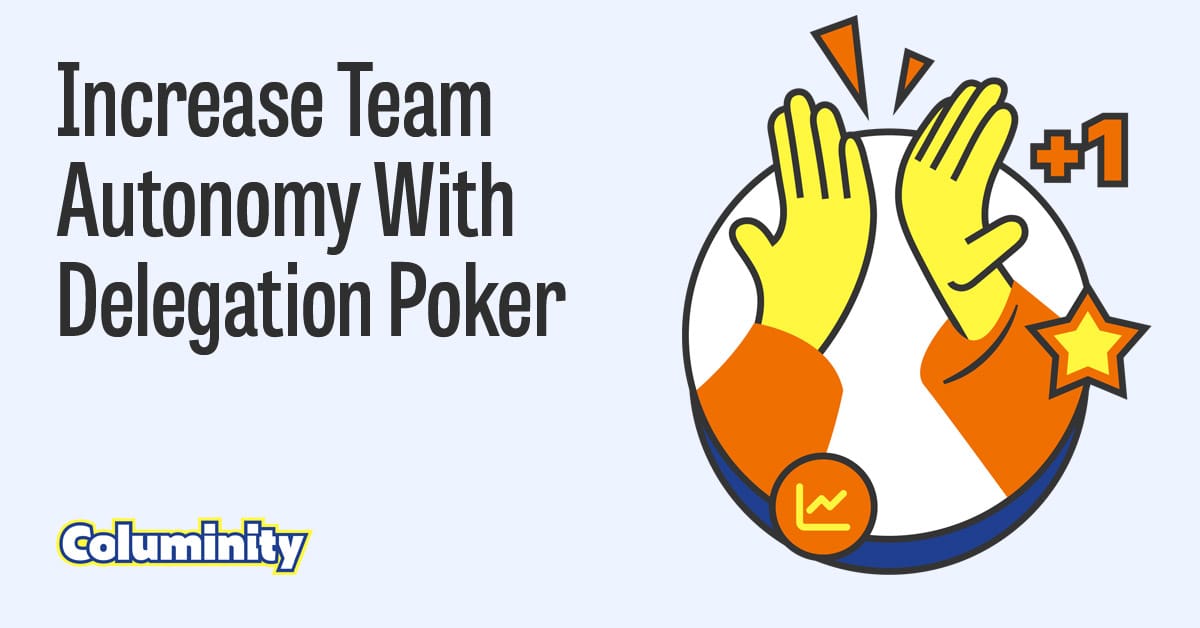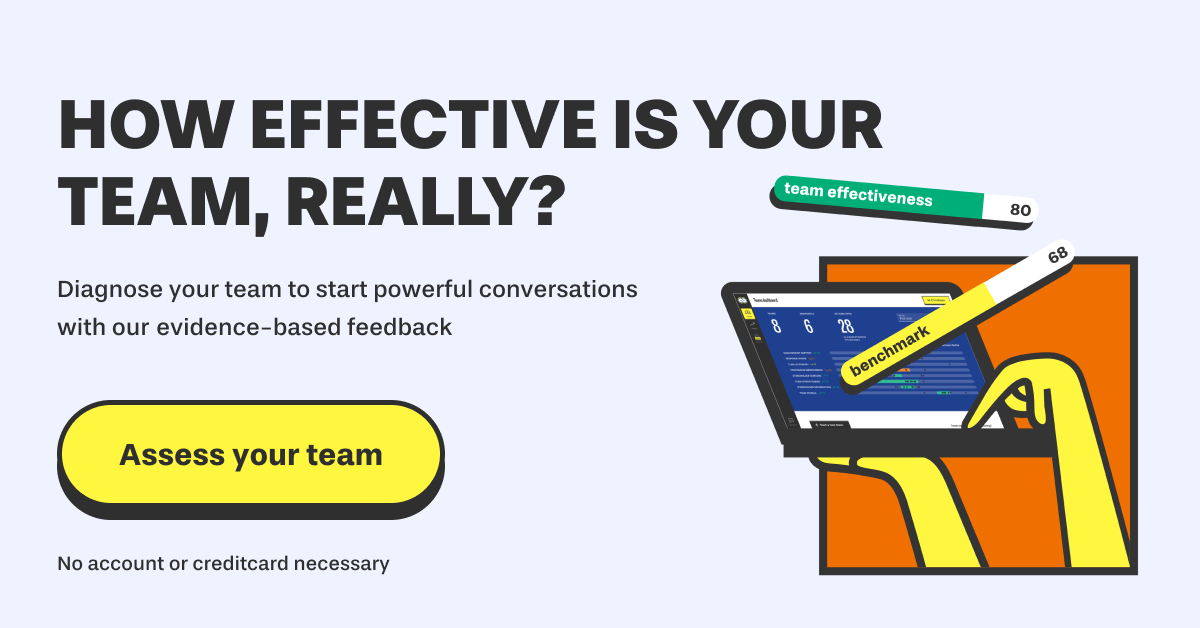Increase Team Autonomy With Delegation Poker

The modern-day workplace requires teams to have extensive autonomy to remain nimble and agile in light of complex challenges and rapid changes. Organizational scientists have long recognized the need for high autonomy (Donmez & Gudela, 2013; Tripp & Armstrong, 2018).
While this sounds great in theory, it isn't always easy to implement. What exactly does it mean to say "we have high autonomy?" what kind of decisions does it involve, and what should those look like in day-to-day work?
A helpful exercise to play with teams is called “Delegation Poker”. It was developed by Management 3.0 based on the delegation continuum developed by Tannenbaum & Schmidt (1971). This continuum invites teams and their management to agree on a delegation level for different areas of work and work design.

We like to run Delegation Poker as follows:
- Ensure that the team (everyone who feels this is important) and relevant managers are present. Provide each participant with a set of Delegation Poker Cards.
- First, use a 1–2–4-ALL to generate a list of areas or decisions that can be delegated to varying degrees. You can also prepare this list beforehand. We recommend keeping the list between 4 and 10 items. You can always do another session.
- Start with the first item. Name it and ask for some examples in the recent past where such decisions were made. Then, ask everyone present (team members and management) to silently and individually pick the level of delegation they feel is most effective and useful for the team. Once everyone picks a card, ask everyone to reveal their chosen level. Invite the people with the highest and the lowest levels to explain their rationale. Then, you can either do another round of poker or agree on a level. We try to limit the discussion for each item to 15 minutes. You can always decide to revisit it later.
- Create a transparent matrix (like the picture below) where the horizontal axis contains the delegation levels and the vertical axis contains the delegated decisions (or not).
- We recommend following Delegation Poker with another exercise to flesh out what teams need from management and each other to remain successful in each area and for the delegation-level agreement. A Liberating Structure like What I Need From You is ideally suited.
You can measure the level of team composition autonomy for your team(s) with Columinity. Go to teamworkquality.columinity.com to try now. Our free plan is great for individual teams, but with a paid plan you can track this factor - and many others - across many teams in the same or different organizations.


